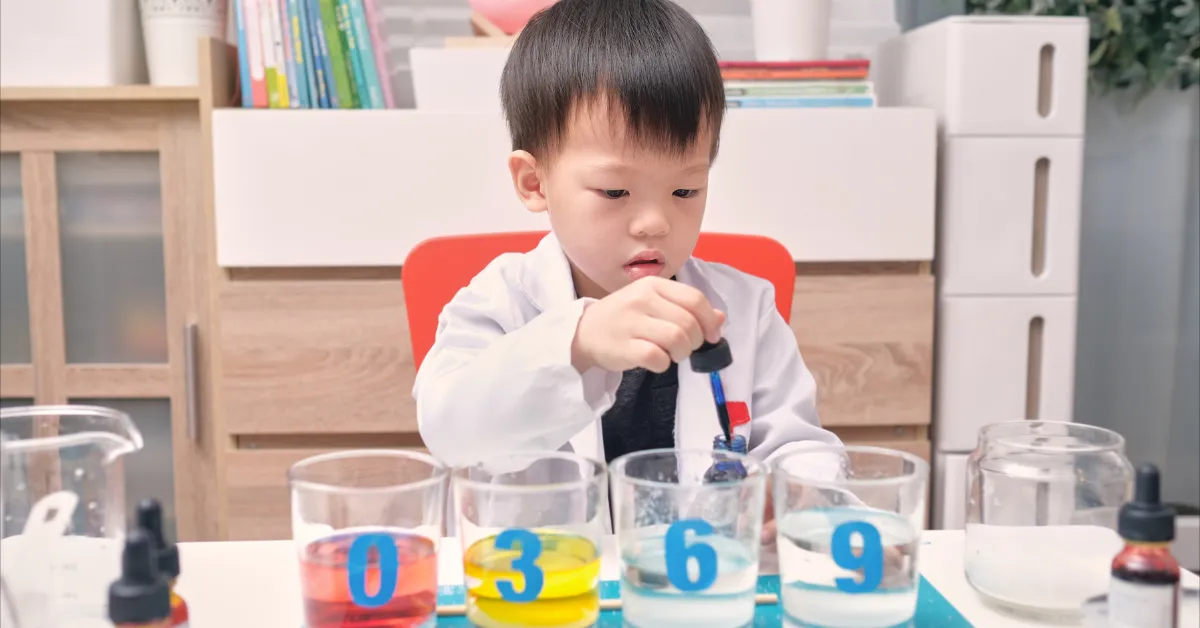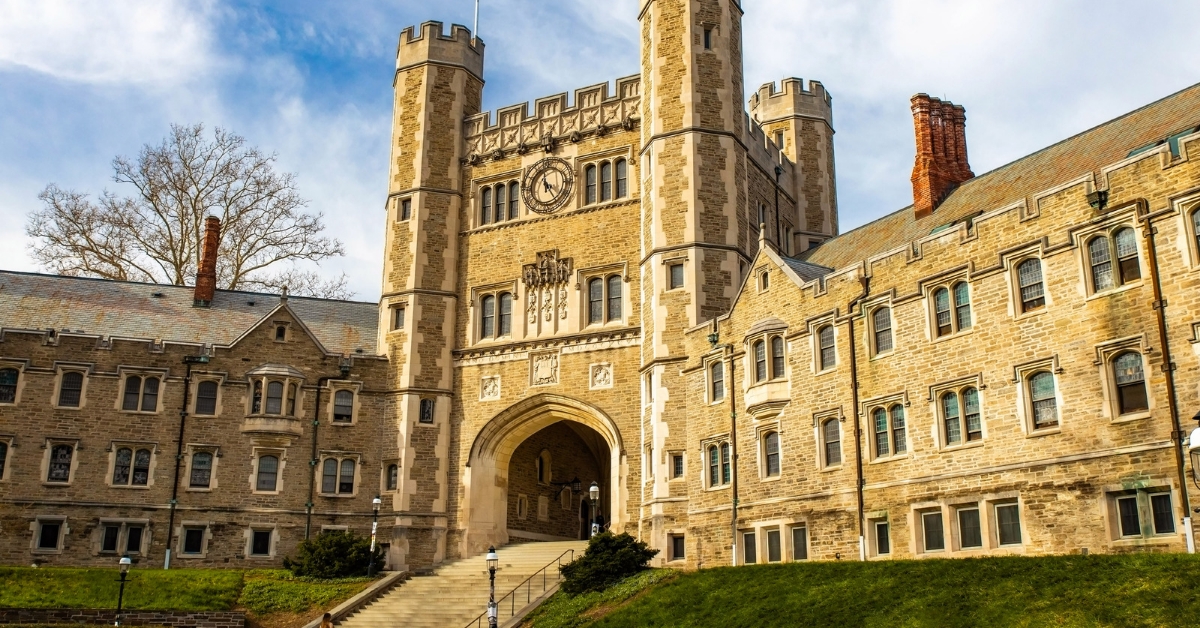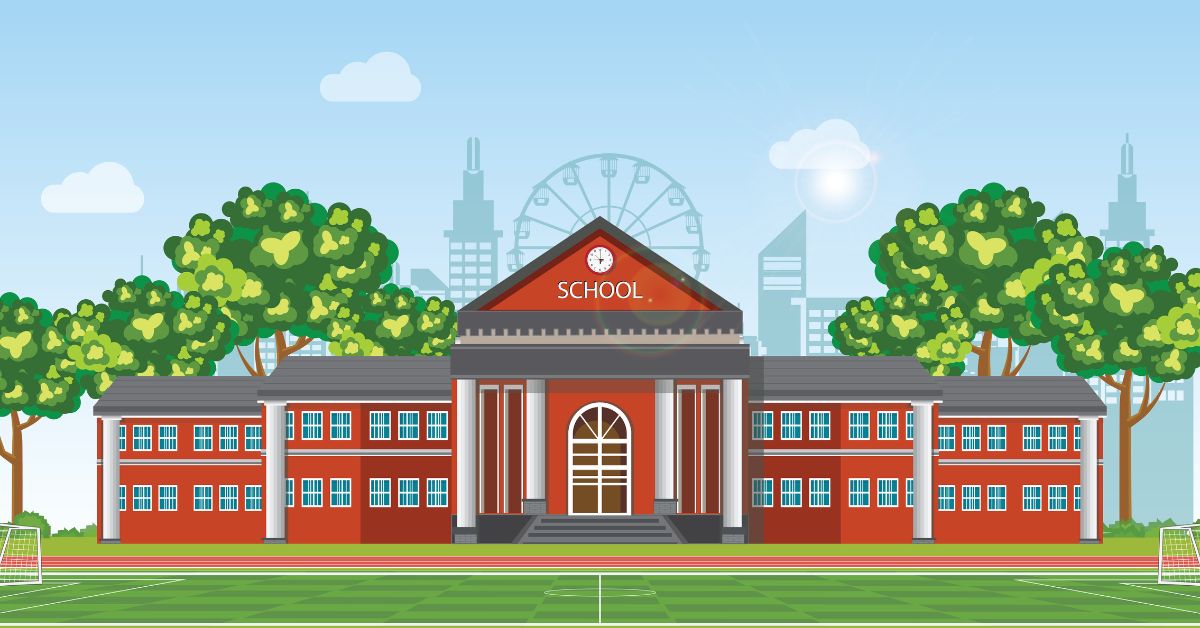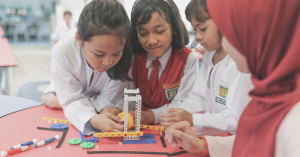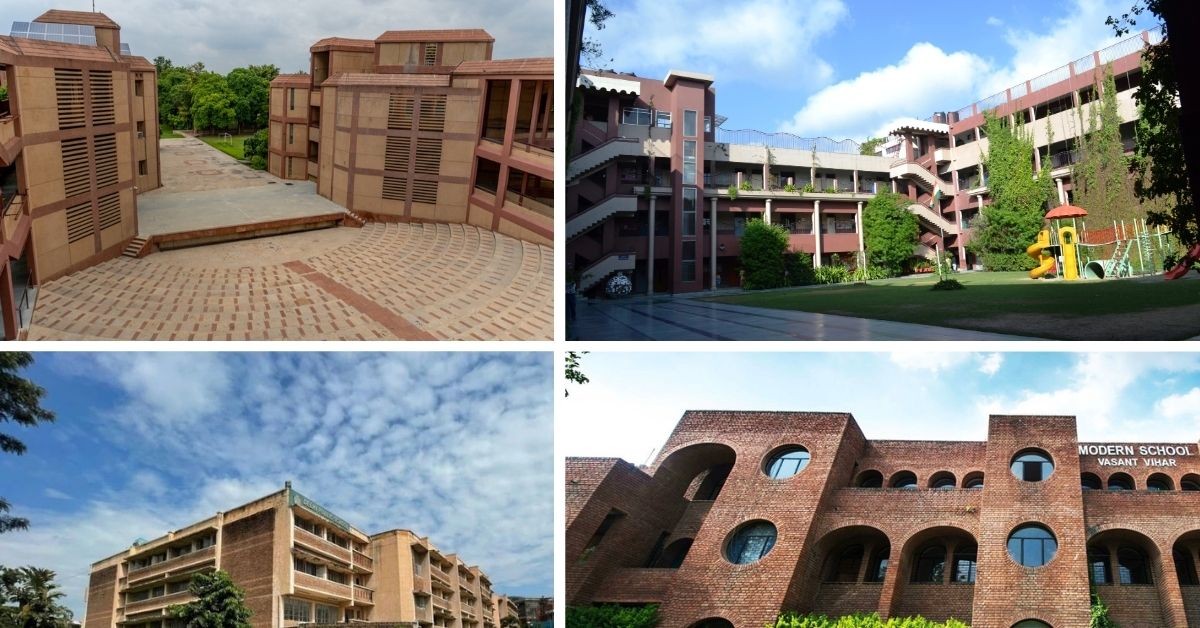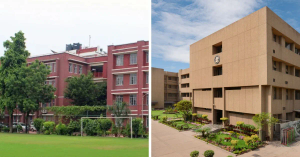Welcome to the wonderful world of science! If you're a parent or teacher looking to spark curiosity and excitement in your kids, you've come to the right place.
Preschoolers are naturally curious. They're constantly asking "why?" and "how?" Science experiments provide the perfect platform to nurture this innate curiosity and turn everyday moments into exciting learning opportunities. Forget boring lectures and stuffy textbooks – we're all about hands-on, messy, and unforgettable experiences!
Why Science Experiments?
Before we jump into the experiments, let's talk about why they are so important. Think of science experiments as planting tiny seeds of knowledge. They help preschoolers:
- Develop critical thinking skills: Experiments encourage kids to observe, predict, and analyze, laying the foundation for problem-solving later in life.
- Boost their curiosity: The "wow" moments during experiments ignite a love for learning and exploration.
- Improve fine motor skills: Pouring, mixing, and manipulating objects strengthens those little hands.
- Enhance language development: Talking about what's happening during an experiment builds vocabulary and communication skills.
- Foster a love for science: Early positive experiences with science can spark a lifelong passion.
Safety First!
Before starting any experiment, it's important to ensure safety. Here are a few tips:
- Supervision: Always supervise young children during experiments.
- Materials: Use non-toxic and safe materials.
- Space: Choose an area that can handle spills and messes.
- Clean Up: Have paper towels or wipes handy for quick clean-ups.
Now that we have safety covered, let's get started with some exciting science experiments!
1. Color Mixing Magic
What You Need:
- Clear cups or bowls
- Water
- Food coloring (red, blue, yellow)
- A spoon or pipette
Steps:
- Fill each cup with water.
- Put a few drops of food coloring in each cup. Use a different color for each cup.
- Discuss with the kids what happens when you mix colors.
- Use a spoon or pipette to transfer water from one cup to another and watch new colors emerge!
Tips:
- Encourage kids to predict what color will be created before they mix.
- Talk about primary and secondary colors during the experiment.
2. Baking Soda Volcano
What You Need:
- Baking soda
- Vinegar
- Food coloring (optional)
- A container (like a small plastic bottle)
- Tray or large dish (to catch overflow)
Steps:
- Place the container on the tray.
- Fill it halfway with baking soda.
- If you want a colorful explosion, put a few drops of food coloring in.
- Pour vinegar into the container and see the volcano blow up!
Tips:
- Discuss the reaction between baking soda (a base) and vinegar (an acid).
- Let the children take turns pouring in the vinegar.
3. Floating and Sinking
What You Need:
- A large bowl or tub of water
- Various small objects (e.g., plastic toys, coins, paper clips, corks)
Steps:
- Fill the bowl with water.
- Gather various objects and discuss what they think will float or sink.
- One by one, drop each object into the water and observe what happens.
Tips:
- Ask open-ended questions like "Why do you think this object floated?"
- Make a list to show what things floated and what things sank.
4. Homemade Slime
What You Need:
- 1 cup of white school glue
- 1 cup of water
- 1 teaspoon of baking soda
- Food coloring (optional)
- Contact lens solution (containing boric acid)
Steps:
- In a bowl, mix glue and water together until well combined.
- Add baking soda and stir until dissolved.
- If desired, add food coloring for fun colors!
- Slowly add contact lens solution while stirring until slime forms.
Tips:
- Encourage children to knead the slime with their hands once it's formed.
- Discuss the properties of solids and liquids as they play with slime.
5. Rainbow in a Jar
What You Need:
- A tall, clear jar
- Light corn syrup
- Blue dish soap
- Water
- Olive oil
- Rubbing alcohol
- Food coloring (red, blue, green)
- A dropper or spoon
Steps:
- In separate bowls, mix ½ cup of light corn syrup with a drop of red and a drop of blue food coloring to create purple.
- Mix ½ cup of water with two drops of green food coloring.
- Carefully pour the purple corn syrup into the bottom of the jar.
- Slowly pour the blue dish soap down the side of the jar so it sits on top of the corn syrup.
- Next, gently pour the green water down the side of the jar.
- Add ½ cup of olive oil carefully down the side.
- Finally, mix ½ cup of rubbing alcohol with two drops of red food coloring and pour it gently on top.
- Step back and admire your rainbow! Each layer should remain distinct due to differences in density.
Tips:
- Discuss why each layer stays separate by explaining density—heavier liquids sink while lighter ones float.
- Encourage kids to predict what would happen if they mixed the layers.
Growing a Bean Sprout
What You Need:
- Dried beans (like kidney or pinto beans)
- Paper towels or cotton balls
- A clear plastic bag or small container
- Water
- A sunny spot
Steps:
- Soak dried beans in water overnight to help them sprout.
- Put a wet paper towel or cotton ball in a clear plastic bag or container.
- Place 2–3 soaked beans on top of the damp material.
- Lightly mist the beans with water to keep them moist but not soggy.
- Close the bag or cover the container and put it where the sun shines.
- Check daily for signs of growth—within a few days, you should see roots and sprouts!
Tips:
- Discuss what plants need to grow (water, sunlight, air).
- Encourage kids to draw pictures of their bean sprouts each day to track growth.
Tips for Successful Science Experiments with Preschoolers
- Keep it simple: Choose experiments with easy-to-follow steps and readily available materials.
- Focus on the process, not the product: The goal is to spark curiosity and encourage exploration, not to create perfect results.
- Embrace the mess: Science can be messy! Cover your work surface and dress your preschooler in clothes you don't mind getting stained.
- Ask open-ended questions: Encourage your preschoolers to make predictions, observe carefully, and describe what they see. Ask questions such as "What do you think will happen?" or "Why do you think that happened?"
- Make it fun: Science should be an enjoyable experience for both you and your preschooler. Laugh, explore, and discover together!
Conclusion
Science experiments for preschoolers are not only educational but also incredibly fun! They provide opportunities for children to explore, ask questions, and discover new things about their world in an engaging way. Remember to keep it light-hearted and playful—after all, learning should be an adventure!
So gather your materials, roll up your sleeves, and prepare for some messy fun! Your little scientists will thank you for it!
